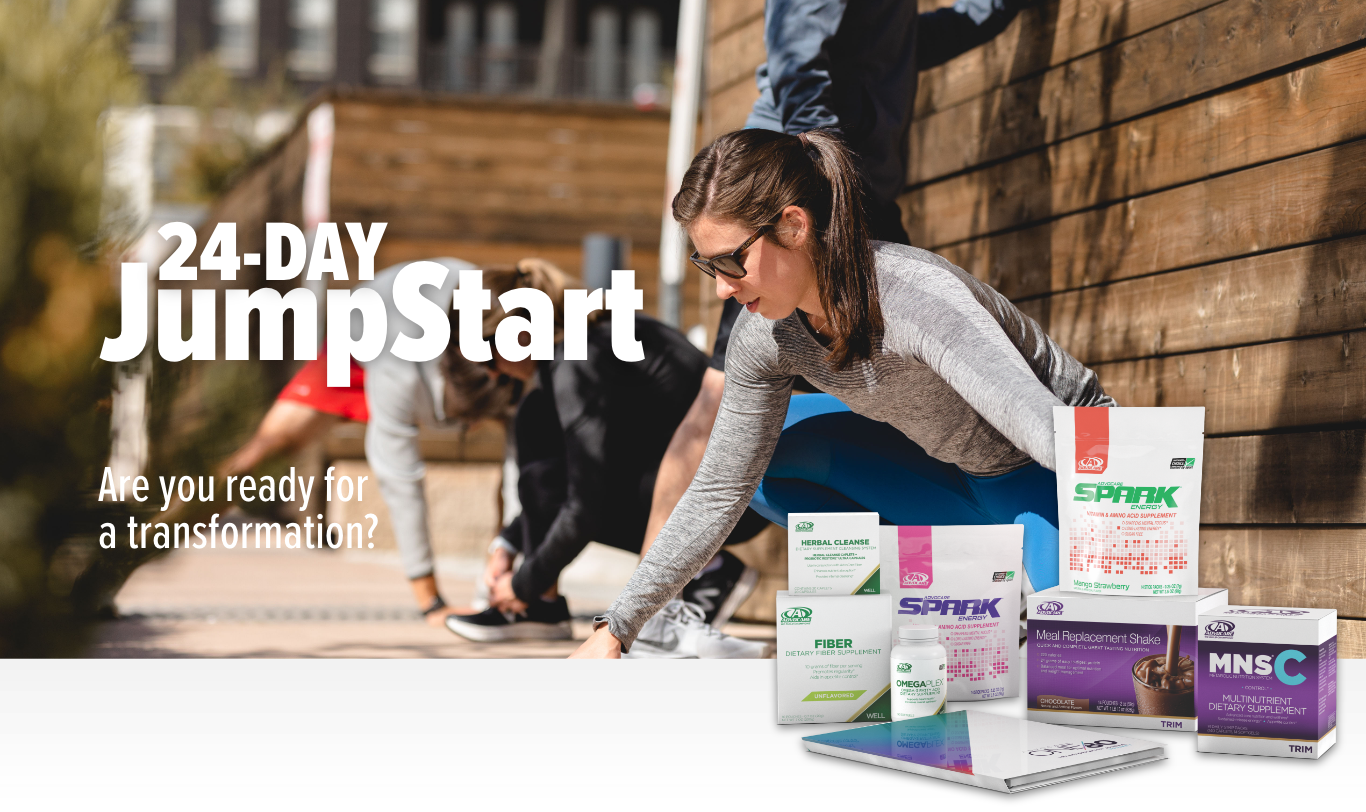When it comes to transforming your eating habits, it can be difficult to know how to track your food intake and many wonder if you even should. Some people count calories, some macros and then some follow intuitive eating cues. So, is one better than the other? Does one work better for your goals? Let’s take a look at each and see what might work best for you!
Also from Amy Goodson: Top 10 Steps to Transform Your Eating Habits for Good
Counting Calories
The idea of counting calories has been around for a long time, after all you have to cut calories to lose weight. For many people this can be a simple way to keep track of their eating as there is only one thing to pay attention to. Plus, there are tons of apps that can assist you in tracking what you eat and what’s in it. However, the quality of calories is typically not taken into consideration. If you are allowed a 200-calorie snack, you could eat string cheese and an apple, but you could also eat 200 calories worth of chips. Technically, a calorie is a calorie, but some calories contribute to spikes and drops in blood sugar and some can help you feel fuller for a longer period of time.
For example, eating chips might give you energy for a short amount of time, but ultimately will likely leave you looking for more chips soon after. On the reverse side, if you eat a protein with a high fiber carbohydrate, you are more likely to get full faster and stay full longer.
Counting calories can be a very efficient way to track your nutrition, but paying attention to the quality of those calories can help you have more energy and manage food cravings.
Counting Macros
On the macro counting plan, instead of counting calories, you count grams of carbohydrates, protein and fat. This technically requires a little more work and more knowledge about what’s in the food you eat. Most foods have two macronutrients, and many, like nuts, have three. Plus, not all macronutrients are created equal. Similar to calories counting, the quality and amount of different macronutrient groups might determine if your blood sugar falls or stays stable, if you have steady energy or are all over the place, and how much you eat at a sitting. In the same example above, chips are a carbohydrate and so is an apple, but they have different impacts on your blood sugar and fullness levels.
However, there are also some benefits to counting macros as it often causes people to pay more attention to the quality of their calories. Plus, it allows all foods to fit. As long as a food meets your macronutrient allotment, you can eat it. For example, maybe you enjoy full fat cheese and but stay away from it because of the calories, well, if you are counting macros you would just count the protein and fat grams into your daily allowance. For many, this provides lots of flexibility without filling restricted.
If you are interested in counting your macros, here are three easy steps to get started:
- Calculate your calorie needs. An easy way to do this is by multiplying your weight in pounds by 10. From there, use the following activity factors.
- If you don’t exercise, multiply your calorie needs by 1.2.
- If you exercise 1-3 days per week, multiply your calorie needs by 1.375.
- If you exercise 4-5 days per week, multiply your calorie needs by 1.55.
- If you exercise 6+ days per week, multiply your calorie needs by 1.725.
- If your goal is weight loss, subtract 300-500 calories.
- If your goal is weight gain, add 300-500 calories.
- Tally up your macros. There are macronutrient calculators that you can find online to make this part easy. While the best way to determine your needs is to meet with a registered dietitian, here is a basic rule of thumb:
- If you exercise for an hour or less daily: 30% protein, 30% fat, 40% carbs
- If you exercise for one to two hours daily: 30% protein, 25% fat, 45% carbs
- Use an app to help you track. While some may like the game of nutrition math, it can be very tedious and time consuming. Apps can help take the guess work and calculations out of what you are putting on your plate.
Counting None of the Above
If all this sounds overwhelming, an easier—though less precise—alternative is to just rely on your eyeballs and your hunger cues. If you’re looking to get your macros in and hate tracking food, a good rule of thumb is to make a little over a quarter of your plate lean protein and about a quarter of your plate whole grains or starchy vegetables (like sweet potatoes). Fill the rest of your plate with non-starchy veggies. As long as some of the items on your plate have added fat (like salad greens tossed with a vinaigrette or chicken roasted with olive oil), you don’t need to worry about making a space for fat on your plate.
And if you’re still hungry, fill up on more veggies. This method won’t guarantee that your macros line up with a specific macronutrient breakdown, but it’ll still ensure you get a decent amount of protein at each meal and aren’t overdoing it on carbohydrates. Just as important, it’ll help keep your portions in check. And both of those things can help you reach your weight loss goals.
Finally, learn to listen to your hunger cues. Eat when you are hungry stop when you feel satisfied instead of until you feel full. Eating smaller frequent meals can help you keep this in check, as when you eat more often, you are typically less hungry at the next meal or snack.
There is really no one-size-fits-all for nutrition. Learning what works best for you, and what you can sustain over time, is really the best way to manage your nutrition and portion sizes, ultimately leading you to a healthy weight.
 Amy Goodson, MS, RD, CSSD, LD is a registered dietitian and Certified Specialist in Sports Dietetics. She focuses on overall health, wellness and sports nutrition. Amy has worked with the Dallas Cowboys, Texas Rangers, TCU Athletics, Ben Hogan Sports Medicine and more. She is a co-author of Swim, Bike, Run, Eat and nutrition contributor to retired NFL Player Donald Driver’s book, The 3-D Body Revolution. She is a writer for Women’s Running Magazine and is the owner of RD Career Jump Start, a business designed to help dietetic students, interns and new registered dietitians determine and take the steps necessary to reach their dream career.
Amy Goodson, MS, RD, CSSD, LD is a registered dietitian and Certified Specialist in Sports Dietetics. She focuses on overall health, wellness and sports nutrition. Amy has worked with the Dallas Cowboys, Texas Rangers, TCU Athletics, Ben Hogan Sports Medicine and more. She is a co-author of Swim, Bike, Run, Eat and nutrition contributor to retired NFL Player Donald Driver’s book, The 3-D Body Revolution. She is a writer for Women’s Running Magazine and is the owner of RD Career Jump Start, a business designed to help dietetic students, interns and new registered dietitians determine and take the steps necessary to reach their dream career.
With a bachelor’s degree in communications and a master’s degree in exercise and sports nutrition, Amy is passionate about marrying the two to provide quality, science-based nutrition information through speaking, media, writing and consulting. Amy consults for various companies, food brands and organizations and serves as a media dietitian for RDTV where she does food and nutrition TV segments nation-wide. Amy has over 600 media placements in a variety of TV, radio and print outlets.






